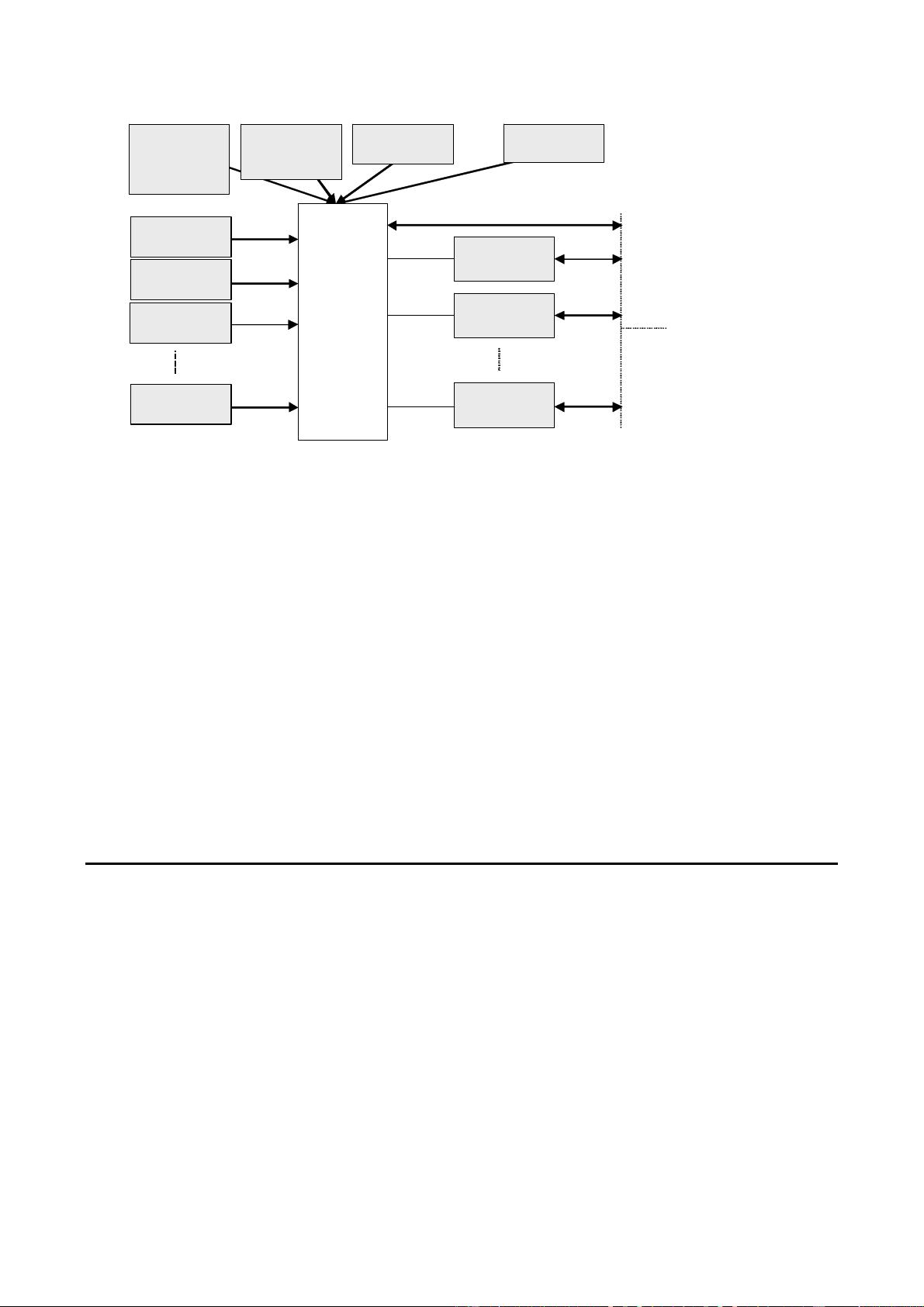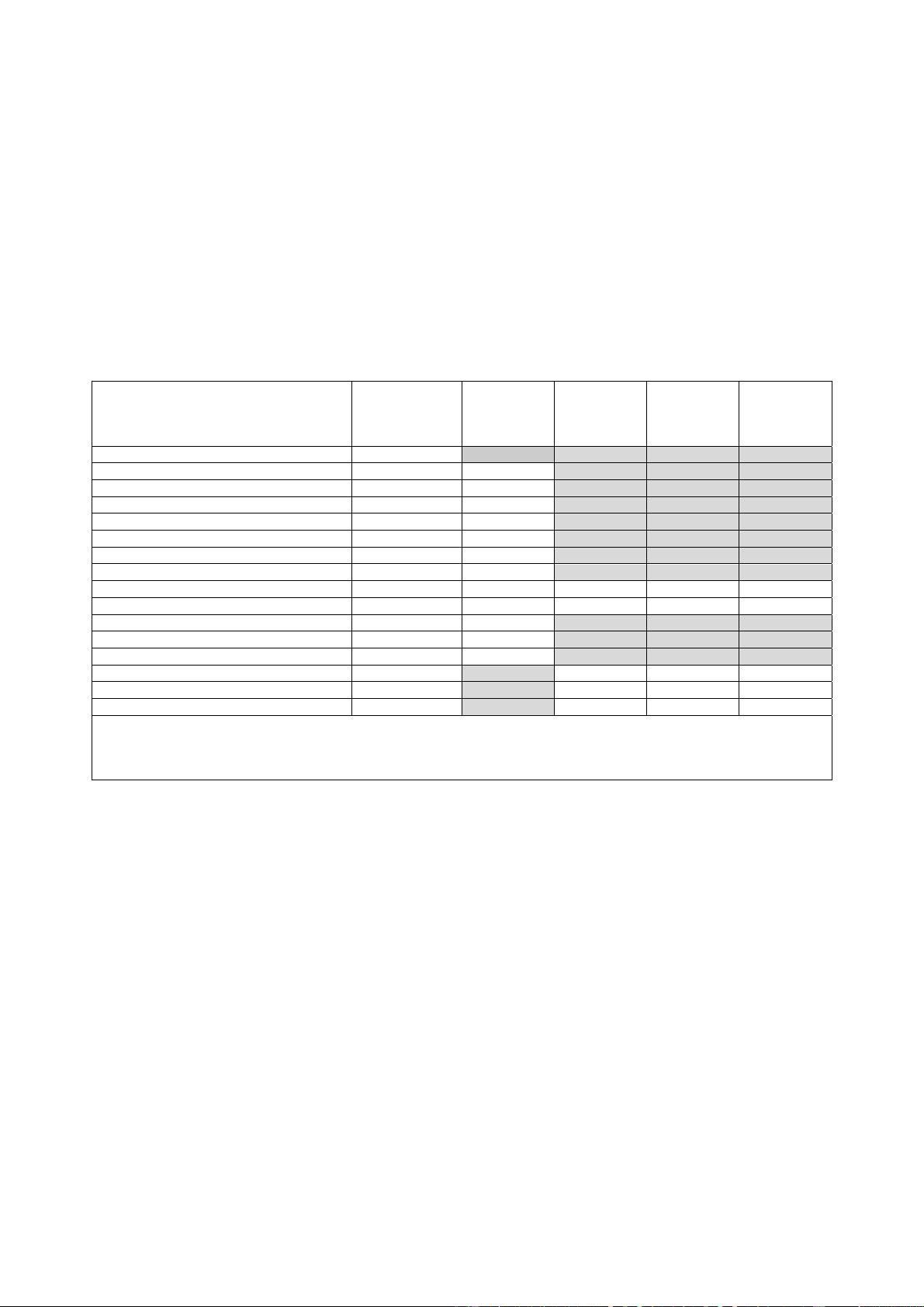TTCN-3编程语言ES 201 873-1:MTS测试方法与核心语言标准
需积分: 9 178 浏览量
更新于2024-07-23
收藏 1.47MB PDF 举报
TTCN-3 编程语言 ETSI ES 201 873-1 是一份由欧洲电信标准化协会 (ETSI) 发布的重要标准,其版本 V4.2.1 更新于2010年7月。这份标准专注于“Methods for Testing and Specification (MTS)”领域,特别是关注第三版的测试和测试控制符号 (TTCN-3)。TTCN-3 Core Language 是标准的主要组成部分,它提供了一种统一且强大的方法论来设计、实现和执行复杂的网络和通信系统测试。
TTCN-3 的核心目的是为了简化和标准化测试过程,使得不同厂商能够开发互操作的测试工具和服务。它强调了测试方法学 (methodology),即一套系统化的步骤和流程,用于确保产品的功能性和可靠性。MTS 部分则关注整个测试生命周期的规范,包括需求分析、测试设计、执行和报告等各个环节。
关键词"methodology", "MTS", "testing", 和 "TTCN" 显示了标准的重点在于测试策略、规范框架和使用的语言特性。TTCN-3 旨在支持电信和网络行业中的自动化测试,其应用范围广泛,涵盖了路由、协议验证、设备兼容性测试等多方面。
此外,标准文档还提供了参考文献 RES/MTS-00111-1T3ED421CORE,表明此标准是基于之前的工作基础进行的,并可能与其他相关项目或技术有所交互。用户需要注意的是,尽管在线下载的电子版本可能存在一致性问题,但PDF打印版本在ETSISecretariat特定网络驱动器上的存储被视为最终参考。
ETSI 的地址和联系方式也包含其中,以便于获取最新版本或解决任何疑问。同时,用户应意识到该文档可能会随着技术进步和需求变化而进行修订或更新,因此在使用时需确保查阅的是当前有效的状态信息。
TTCN-3 编程语言 ETSI ES 201 873-1 是一个关键的标准化工具,对于从事电信和信息技术领域的测试工程师、标准化工作者以及网络设备制造商来说,理解和掌握其原则和语法至关重要。它通过提供一致的测试方法和框架,有助于提升产品质量和行业的互操作性。
2011-02-23 上传
2009-03-02 上传
2024-11-01 上传
2024-11-06 上传
2024-10-31 上传
2024-11-06 上传
2024-10-31 上传
2024-10-30 上传
wxjtuhk
- 粉丝: 1
- 资源: 11
最新资源
- Angular实现MarcHayek简历展示应用教程
- Crossbow Spot最新更新 - 获取Chrome扩展新闻
- 量子管道网络优化与Python实现
- Debian系统中APT缓存维护工具的使用方法与实践
- Python模块AccessControl的Windows64位安装文件介绍
- 掌握最新*** Fisher资讯,使用Google Chrome扩展
- Ember应用程序开发流程与环境配置指南
- EZPCOpenSDK_v5.1.2_build***版本更新详情
- Postcode-Finder:利用JavaScript和Google Geocode API实现
- AWS商业交易监控器:航线行为分析与营销策略制定
- AccessControl-4.0b6压缩包详细使用教程
- Python编程实践与技巧汇总
- 使用Sikuli和Python打造颜色求解器项目
- .Net基础视频教程:掌握GDI绘图技术
- 深入理解数据结构与JavaScript实践项目
- 双子座在线裁判系统:提高编程竞赛效率













